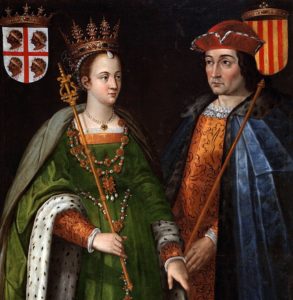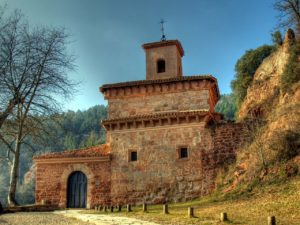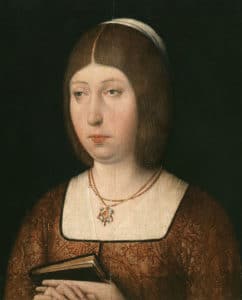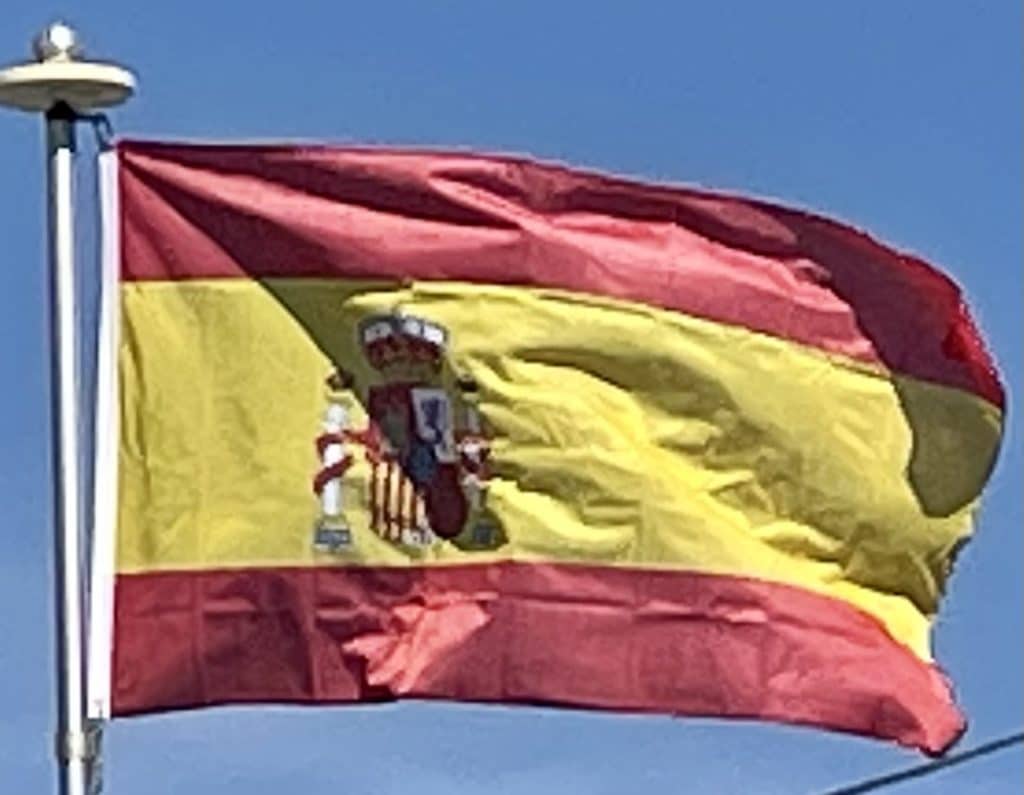The Kingdom of León was the strongest Christian kingdom for centuries. In 1188 the first modern parliamentary session in Europe was held in León (Cortes of León). The Kingdom of Castile, formed from Leonese territory, was its successor as strongest kingdom. The kings and the nobility fought for power and influence in this period. The example of the Roman emperors influenced the political objective of the Crown, while the nobles benefited from feudalism.

Muslim armies had also moved north of the Pyrenees but they were defeated by Frankish forces at the Battle of Poitiers, Frankia and pushed out of the very southernmost region of France along the seacoast by the 760s. Later, Frankish forces established Christian counties on the southern side of the Pyrenees. These areas were to grow into the kingdoms of Navarre and Aragon. For several centuries, the fluctuating frontier between the Muslim and Christian controlled areas of Iberia was along the Ebro and Douro valleys.
The Islamic transmission of the classics is among the main Islamic contributions to Medieval Europe. The Castilian language—more commonly known (especially later in history and at present) as “Spanish” after becoming the national language and lingua franca of Spain—evolved from Vulgar Latin, as did other Romance languages of Spain like the Catalan, Asturian and Galician languages, as well as other Romance languages in Latin Europe. Basque, the only non-Romance language in Spain, continued evolving from Early Basque to Medieval. The Glosas Emilianenses (found at the Monasteries of San Millán de la Cogolla and written in Latin, Basque and Romance) hold a great value as one of the first written examples of Iberian Romance.

The break-up of Al-Andalus into the competing taifa kingdoms helped the long embattled Iberian Christian kingdoms gain the initiative. The capture of the strategically central city of Toledo in 1085 marked a significant shift in the balance of power in favor of the Christian kingdoms. Following a great Muslim resurgence in the 12th century, the great Moorish strongholds in the south fell to Castile in the 13th century—Córdoba in 1236 and Seville in 1248. The County of Barcelona and the Kingdom of Aragon entered in a dynastic union and gained territory and power in the Mediterranean. In 1229 Majorca was conquered, so was Valencia in 1238. In the 13th and 14th centuries, the Marinid dynasty of Morocco invaded and established some enclaves on the southern coast but failed in their attempt to re-establish North African rule in Iberia and were soon driven out.
After 781 years of Muslim presence in Spain, the last Nasrid sultanate of Granada, a tributary state would finally surrender in 1492 to the Catholic monarchs Queen Isabella I of Castile and King Ferdinand II of Aragon.

From the mid 13th century, literature and philosophy started to flourish again in the Christian peninsular kingdoms, based on Roman and Gothic traditions. The king Alfonso X of Castile focused on strengthening this Roman and Gothic past, and also on linking the Iberian Christian kingdoms with the rest of medieval European Christendom. Alfonso worked for being elected emperor of the Holy Roman Empire and published the Siete Partidas code.
